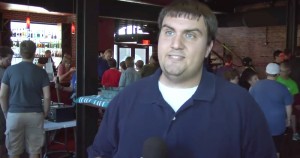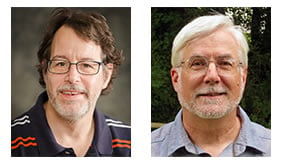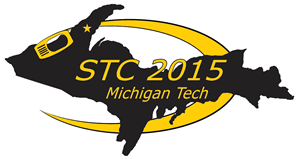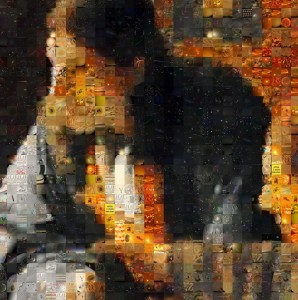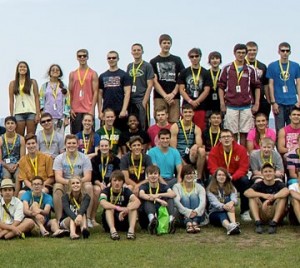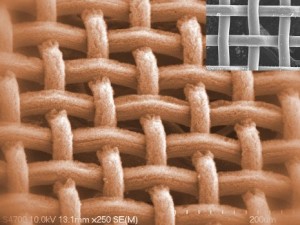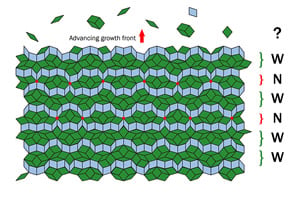
John A. Jaszczak (Physics) was invited to write a Viewpoint about a new paper published in Physical Review Letters about important experimental work on the growth of quasicrystals. His article, “Viewpoint: Watching Quasicrystals Grow,” discusses exciting new work that images–at the atomic scale–the growth of an alloy that exhibits crytsallographically forbidden symmetry, but whose structure can be modeled using the famous, non-periodic Penrose tilings. Viewpoints are editor-invited commentaries written by experts in their field about research articles published in American Physical Society journals, and appear in the online-only news site Physics.

